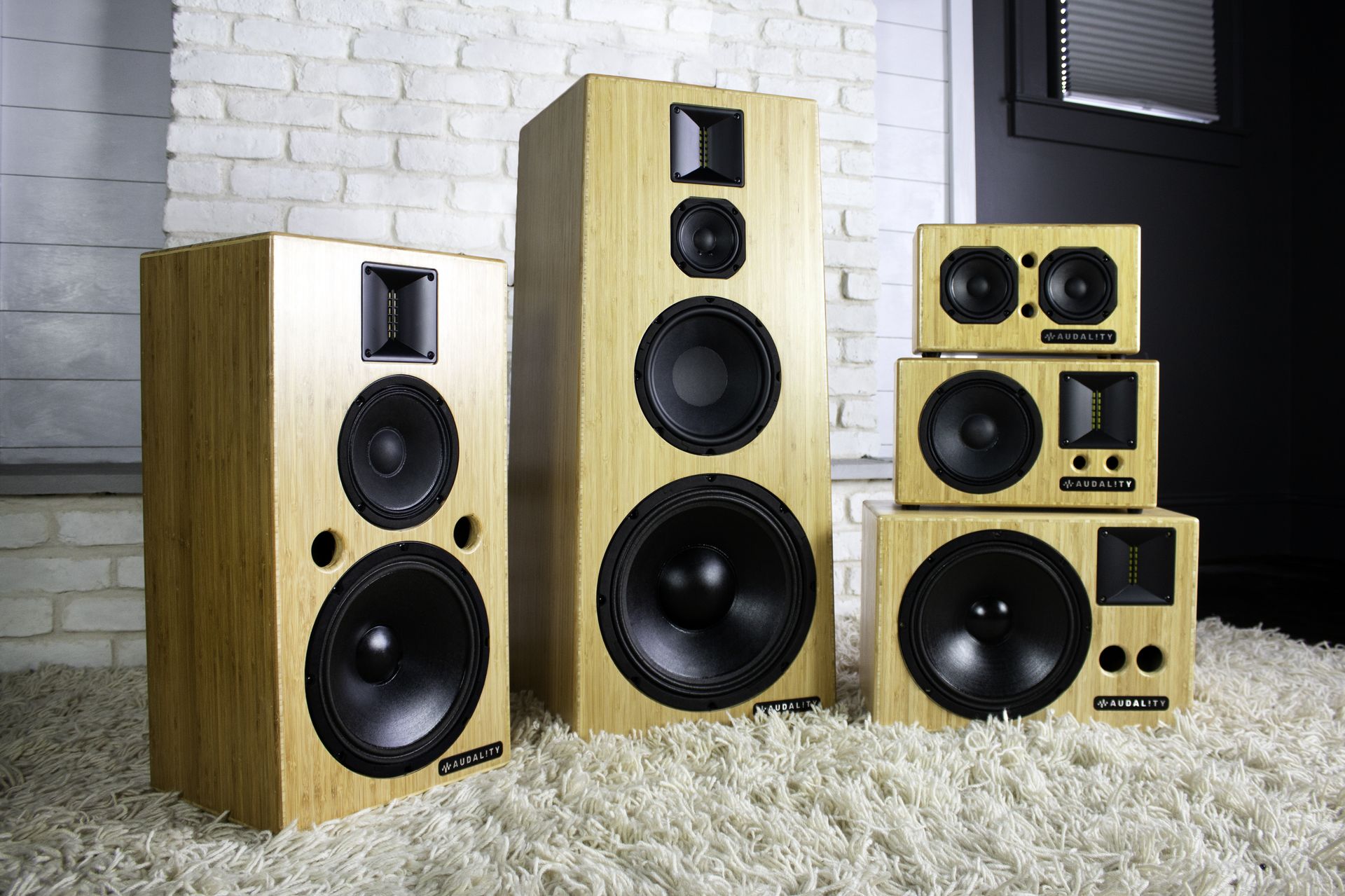If you’re reading this blog, I can already infer that audio plays a big role in your world, as it does for us at Audality. We consume audio every day in endless different formats, and that’s never going to change. In the audio world, we talk about how to create the purest sound for our systems, but only in the last few years have we looked into protecting the sound system in our ears.
Hearing loss is common with age so we often brush it off considering it “normal”, but anyone can develop high frequency hearing loss. You can cause hearing damage from both high frequency sounds and overly loud sounds. For example, using headphones at a loud volume can cause permanent damage. Exposure to loud sounds or high frequency sounds are common causes of ear damage in younger people. Inside the ear, your cochlea contains hair cells with tiny hair-like projections called stereocilia. The stereocilia convert sound vibrations into neural impulses. If these hairs are damaged, you will experience high frequency hearing loss. According to the CDC, you are born with about 16,000 hair cells in your cochlea, and hearing damage is typically not detectable until 30-50% of hair cells are damaged. This damage is irreversible.
If you have high pitch hearing loss, you may have trouble hearing sounds like doorbells, phone and appliance beeps, female and children voices, animal sounds, and have trouble discriminating between different sounds when background noise is present.

The effects of hearing damage are not limited to hearing loss. Studies have shown that noise causes cognitive impairment and oxidative stress in the brain. Noise can become a risk factor for depression, cognitive impairment, and neurodegenerative disorders. Some studies even indicated a correlation between noise pollution with increased cases of dementia and Alzheimer’s disease.
In the moment, noise can decrease the brain’s capacity to perform complex tasks, since it is wasting resources trying to tune out the noise. Memory and attention are the most impacted. Prolonged exposure to loud noise can alter how the brain processes speech.
So how do we protect our hearing, so we can hear clearly for as long as possible?
You can prevent this kind of hearing loss by minimizing your exposure to loud noises. A common problem is that audio devices (speakers, headphones, TV audio, etc) don’t deliver high quality audio, so the users tend to crank up the volume to compensate. If you buy HD audio devices, you will experience the full audio spectrum without needlessly damaging your ears. Audality’s wireless, for example, will allow you to play audio at a very low level, and you will still hear the fullness of the bass and the crisp high notes.

Obviously when you go to a live music event, you will not have control over the volume, and standing away from the speakers will only get you so far. A recent technological innovation may be the solution for this scenario- high fidelity ear plugs. In the case of earplugs, the term “high-fidelity” means that earplugs reduce sound levels while maintaining, as closely as possible, the quality of the original sound. Foam earplugs muffle high frequency sounds a lot more than they do low-frequency ones. High fidelity earplugs are designed to muffle all frequencies of sound evenly, so the sound you hear has a lower volume, but is much closer to the original sound. The “how” of this is in the shape/design. They are usually hollow, so they are designed to mimic the regular acoustic environment of your ear canal.
I hope to see more innovations in hearing protection following high fidelity earplugs and sound systems, so we can continue to listening longer and with more clarity.